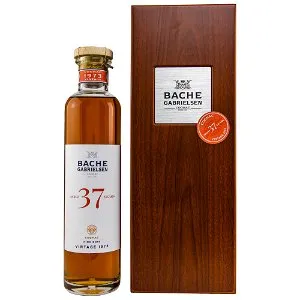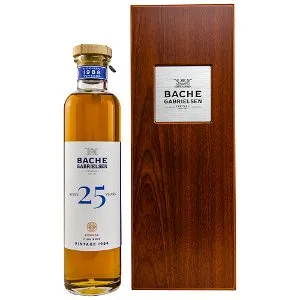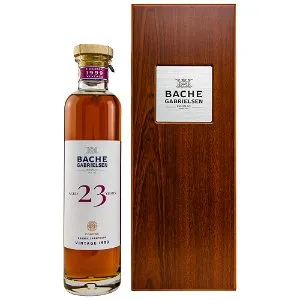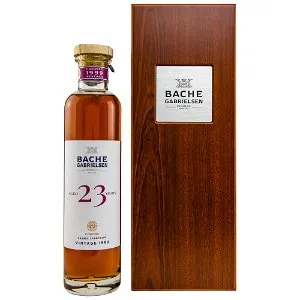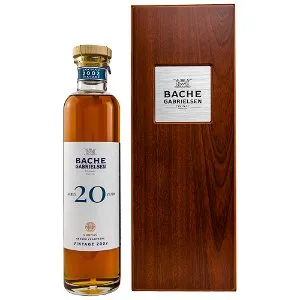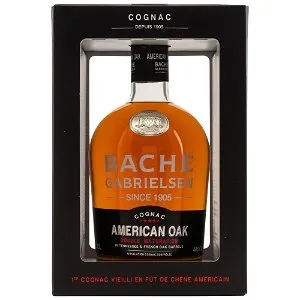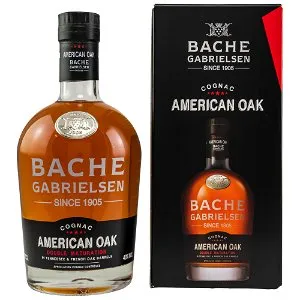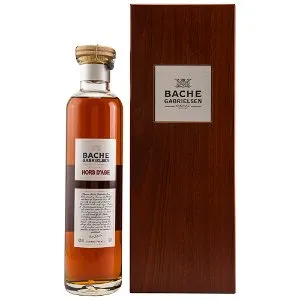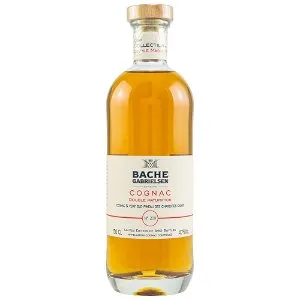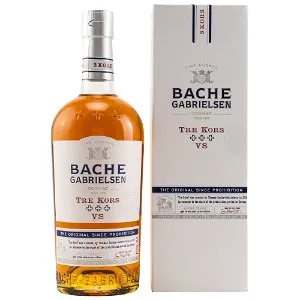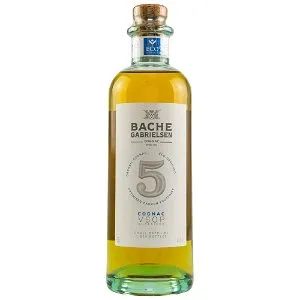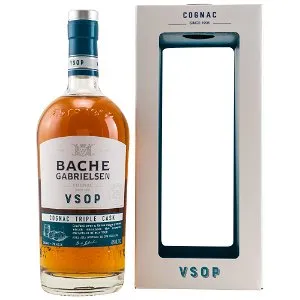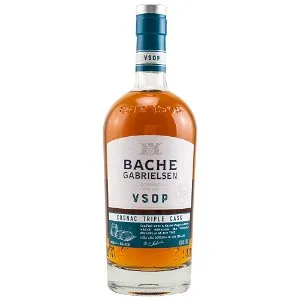Distilando's Cognac Database
Bache-Gabrielsen 1973/2011 - 37 Year Old Fins Bois Single Cask No. CI-39
700ml | 41.2% | France - Fins Bois
View detailsBache-Gabrielsen 1973/2011 - 38 Year Old Single Cask No. CI-39 Fins Bois
700ml | 41.2% | France - Fins Bois
View detailsBache-Gabrielsen 1988/2013 - 24 Year Old Fins Bois Single Cask No. BN-81
700ml | 40.8% | France - Fins Bois
View detailsBache-Gabrielsen 1988/2013 - 25 Year Old Single Cask No. BN-81 Fins Bois
700ml | 40.8% | France - Fins Bois
View detailsBache-Gabrielsen 1999/2022 - 22 Year Old Grande Chamapgne Cask Series No. F-IV-24
700ml | 46.9% | France - Grande Champagne
View detailsBache-Gabrielsen 1999/2022 - 23 Year Old Single Cask No. F-IV-24 Grande Champagne
700ml | 46.9% | France - Grande Champagne
View detailsBache-Gabrielsen 2002/2022 - 20 Year Old Single Cask No. F-III-28 Grande Champagne
700ml | 47.2% | France - Grande Champagne
View detailsBache-Gabrielsen American Oak Cask Strength Single Barrel Cognac
700ml | 64.1% | France - Fins Bois
View detailsBache-Gabrielsen American Oak Cognac in Geschenkverpackung
700ml | 40% | France - Fins Bois
View detailsBache-Gabrielsen Cognac Hors D'Age Grande Champagne
700ml | 40% | France - Grande Champagne
View detailsBache-Gabrielsen Sérénité Extra Grande Champagne Cognac
700ml | 40% | France - Grande Champagne
View detailsCognac
Cognac is a brandy from the wine-growing region Cognac in France. Notes of caramel, orange, vanilla and apricots are present. Learn everything you need to know and browse through our database.
Background
Cognac is a grape-based brandy that is produced in the Cognac region of France. The region is dominated by the River Charente and is centred around the regional town of Cognac. This is located between the cities of Bordeaux to the south and Nantes to the northwest. There are over 6,000 vineyards in the region linked to cognac production, covering over 80,000 hectares (198,000 acres).
Cognac is made up of six sub-regions, known as crus. These have chalky and stony soils that are perfect for growing the white grape varieties needed for Cognac production. The picturesque region has a mild and temperate climate, which allows the grapes to grow and ripen slowly.
For many, the Cognac region is home to the world's finest brandies. From the famous names of the 'Big Four' houses to small, organic and family-owned producers, the world of cognac offers something for everyone. The region has a rich history dating back to the early-1600s and many traditional techninques remain today.
There has been an Appellation d'Origine Contrôlée (or AOC for short) since 1909. Production, marketing and sales have been controlled by the French system's rules since 1938 and have remained unchanged since. The rules must be followed strictly otherwise a product cannot be named cognac.

Style
Cognacs are known for their rich, sweet and decadent profile. Younger releases regularly show notes of dried fruits, citrus peel, milk chocolate, caramel and vanilla. Hints of warm baking spices and toasted oak are also found.
Old and rare expressions see their aroma and flavour profiles evolve. They become deeper and richer with more savoury characteristics. Notes of nuts, tobacco leaf, dark chocolate, coffee, leather and earthy spices are not uncommon.
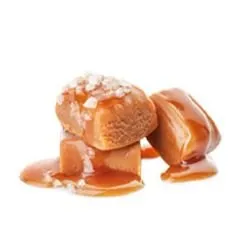
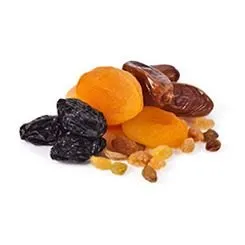

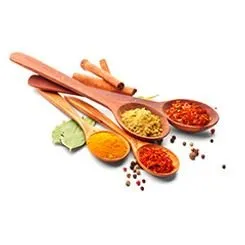
Production
Cognac is essentially distilled white wine that is aged in wooden barrels. A dry, acidic wine is created especially for Cognac production, and is based around three grape varieties - Colombard, Folle Blanche and Ugni Blanc. The wine is almost undrinkable due to the high acidity content and is fermented following the Autumn grape harvest.
Once fermented, the wine is distilled twice through copper pot stills. These are traditional alembic style stills that have been adapted for cognac production, known as Charentais stills. Appelation rules state that stills must be heated by a naked flame. The first distillation (or brouillis) is of low ABV (around 20-25% ABV) and full of undesirable compounds. The second distillation produces the final spirit, known as eau-de-vie (water of life).
The eau-de-vie must be aged in French oak barrels for a minimum of two years. These barrels can only be between the size of 270 and 450 litres. They are commonly made of Limousin oak (quercus sessiliflora), but occasionally Tronçais oak (quercus pendunculata). This prized variety of oak is used for barrels for the finest cognacs and Bordeaux wines.
Ageing often takes place in traditional stone cellars that naturally control temperature and humidity. The maturation and subsequent bottling must take place within the designated Cognac region. Production is only allowed from November until March. As a result, many stills remain silent during spring and summer.
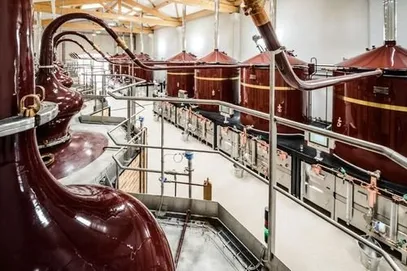
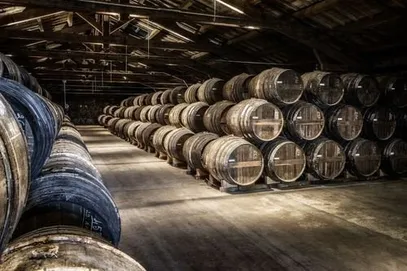
Producing Regions or Crus
The six Cognac regions were designated in 1938 when Appelation d'Origine Contrôlée rules for producing Cognac were also implemented. Their names refer to forests cleared for vineyard planting in the early 1800s.
Grande Champagne is the premier cru in Cognac. It is located in the middle of Cognac and centres around the town of Segonzac. The soils are particularly chalky, which stresses the vines to produce the best fruit. The name derives from the Latin campagnia, which translates as 'rolling countryside', and should not be confused with the sparkling wine from the Champagne region.
Petite Champagne is the secondmost premier cru. It sits in a horseshoe shape to the south of Grande Champagne with the River Charente as its northern border on both sides. It includes the towns of Barbezieuz, Chateauneuf and Jonzac.
Borderies is the smallest cru and the one with the coolest average temperature and highest humidity. This is due to its geography and forestation. Located to the north of the regional capital town of Cognac and River Charente. Its name translates as 'borders' or 'edges'.
Fins Bois is the largest cru. It surrounds the Borderies, Grande Champagne and Petite Champagne crus on all sides, particularly to the north and east. Fins Bois (meaning 'fine woods') includes the towns of Angouleme, Jarnac, Rouillac and St-Jean-d'Angely.
Bons Bois is this large cru surrounding Fins Bois. It has a relatively small number of vineyards. The name translates as 'good woods' and the Cognacs tend to be bottled or used by small producers.
Bois Ordinaires, meaning 'ordinary woods', is split in two and has very few vineyards compared to others. The largest area covers the northwest of Cognac and includes the towns of La Rochelle and Rochefort, plus the islands of Oleron and Re. These are known for their sandy soils. A much smaller area is found in the very southeast of Cognac.
Ageing Grades
There are three traditional categories of Cognac that are available on the market - VS, VSOP and XO. This was joined by a fourth - XXO - in 2018. Confusingly, the age of a maturing eau-de-vie is measured from April 1st - the first day after production legally has to stop. Therefore, a spirit can be a few months old before it is officially registered.
VS (Very Special) is the youngest and cheapest category of Cognac. The youngest eau-de-vie in the blend must be a minimum of two years old. Due to the relative lack of time in the barrel, these Cognacs tend to be light in both flavour and colour, spicy and vibrant. This makes it perfect over ice, with a mixer or in a cocktail.
VSOP (Very Special Old Pale) is one of the most popular categories of Cognac. Eaux-de-vie must be a minimum of four years old. VSOPs are known to be sweet and fruity with extra maturation giving increased richness and softness. It was first developed by Hennessy in 1817 following a request from British royalty.
XO (Extra Old) is the flagship category for most Cognac brands. Hennessy again developed the first XO bottling following public demand in 1870. The eaux-de-vie must be at least 10 years old, but XOs regularly feature spirits much older. Being rich, luxurious and complex in taste, XO is great for sipping neat or over ice.
XXO (Extra Extra Old) is the oldest official rating and a new category introduced in 2018. Eaux-de-vie must be a minimum of 14 years old to qualify as XXO
Vintage expressions showcase eaux-de-vie distilled from a single harvest. The year of distillation is allowed to be shown on the label. Vintages can be of any age but tend to be reserved for older expressions. Their rareness, therefore, make them expensive.
Recommendations
While there are many small and family-owned producers, the sales of Cognac are dominated by the 'Big Four' houses - Courvoisier, Hennessy, Martell and Rémy Martin. These four account for 80% of all Cognac sales with Asia, Europe and USA as the biggest markets. A staggering 97% of all Cognac sold is outside France.
The Initiale Extra from Courvoisier is an award-winning rare Cognac made with old eaux-de-vie from the Borderies and Grande Champagne crus. Fruity, spicy and savoury.
Hennessy was the first to release an XO expression. Over 150 years later and the original XO remains relevant with deep and sultry taste with savoury notes. It's perfect with a cigar.
Martell's Cordon Bleu was created by Edouard Martell in 1912 and is an absolute classic. It is stylish and sweet with delicious dried fruits and warming wood spices.
Rémy Martin VSOP is the world's biggest seller in the VSOP category. Its frosted green glass bottle is iconic and the brandy is elegant, rich and packed with floral and fruity notes. It is a great fit for cocktails.
History
Somewhat surprisingly, cognac was one of the last regions in France to begin distilling brandy. It had long been a wine-producing area but was known for low-quality products. However, these sharp, acidic wines were discovered to be perfect for producing brandy when double distilled.
As with much early distillation around the world, little exact information is known. The first record of stills being installed in Cognac was in 1610. This was in the town of Segonzac and under the ownership of the flamboyantly named Marron Seigneur de la Croix. Also, around this time documentation was discovered showing people had started maturing their raw eaux-de-vie in wooden barrels.
The first written reference to Cognac as a product was recorded in 1638. The combination of double distillation and wood maturation made the brandy more palatable and extremely popular. However, production remained largely as a small family farmyard business for the remainder of the 17th century.
The first recognisable Cognac houses started to appear in the early 1700s. The earliest recorded was Pierre Ferrand in 1702. This was followed by many new maisons over the next two decades. Included in this were two of the current 'Big Four' - Martell in 1715 and Rémy Martin in 1724. The heydays of the late-18th and early-19th centuries saw the remaining two appear - Hennessy in 1765 and Courvoisier in 1809.
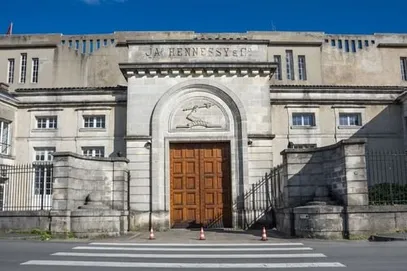
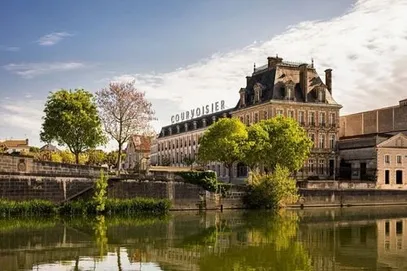
The late-19th century saw the Cognac region decimated by phylloxera, a small insect that feeds on grape vines. Almost all vines were destroyed. A simple yet ingenious solution was discovered by Benjamin Jean Croizet from Maison Croizet. He replanted vines from North America, which were resistant to phylloxera attack, and surrounded them with stone walls. It worked and everyone replanted in the same way.
The modern Cognac industry pulls on many traditions and practices of its past. Large brands have become worldwide names and are regularly involved with celebrities and influencers. Smaller producers are also gaining popularity in the current wave of fine spirits connoisseurship with many having long, illustrious histories.
